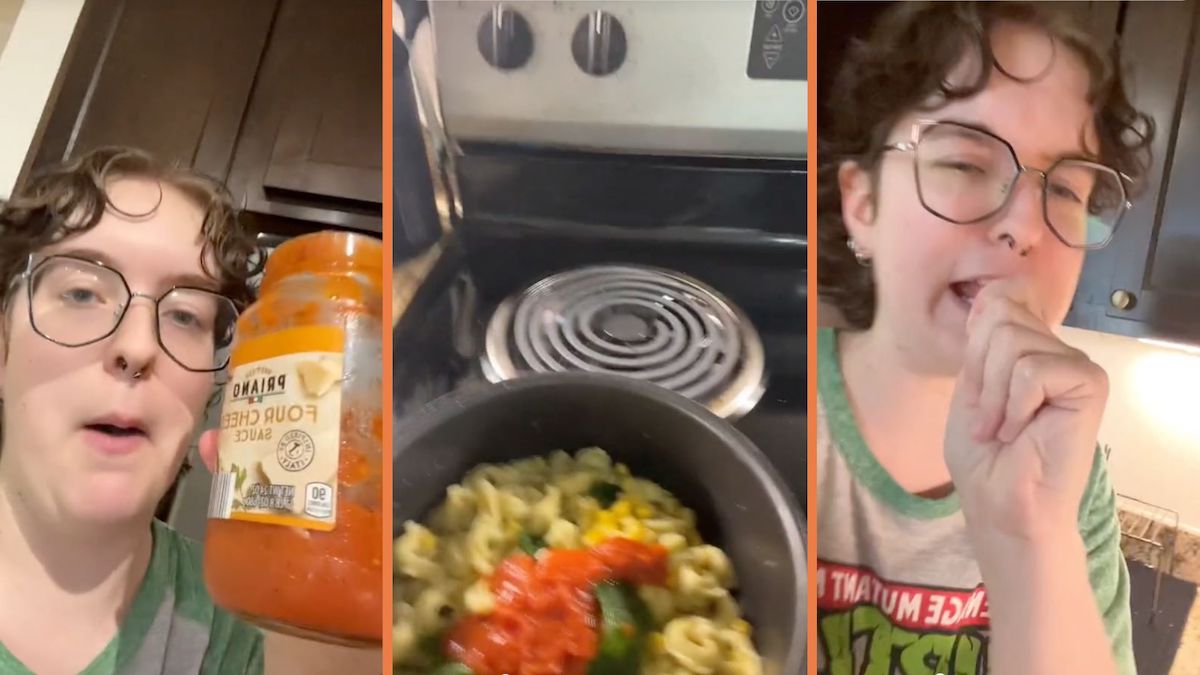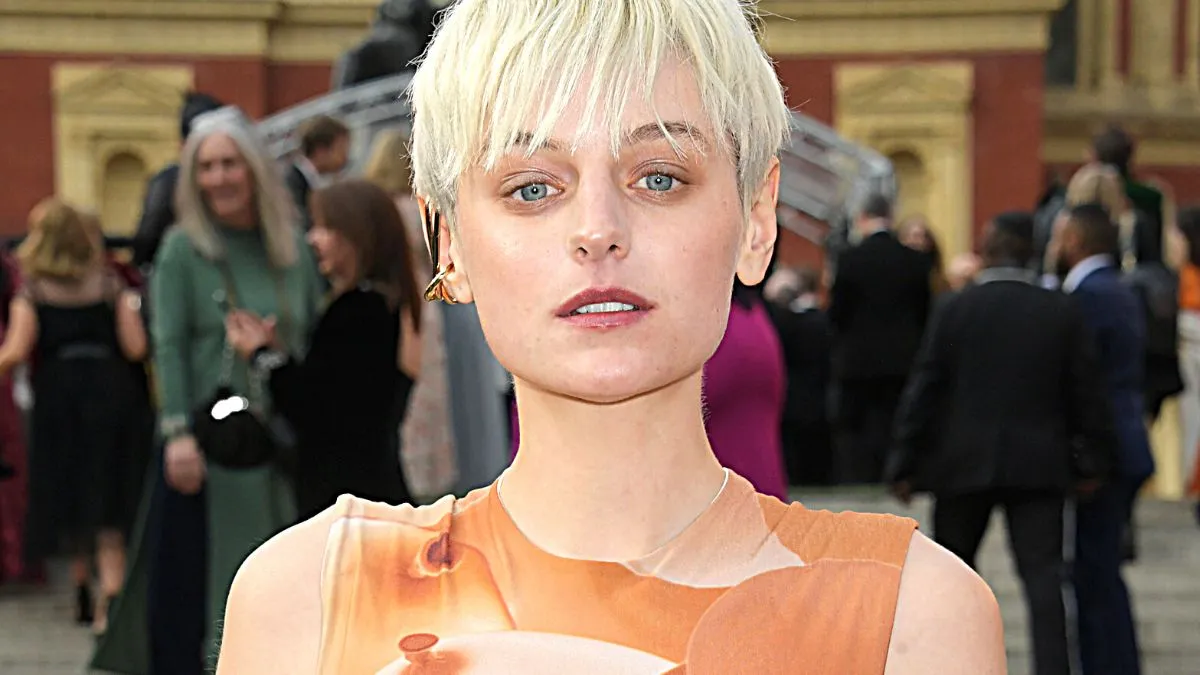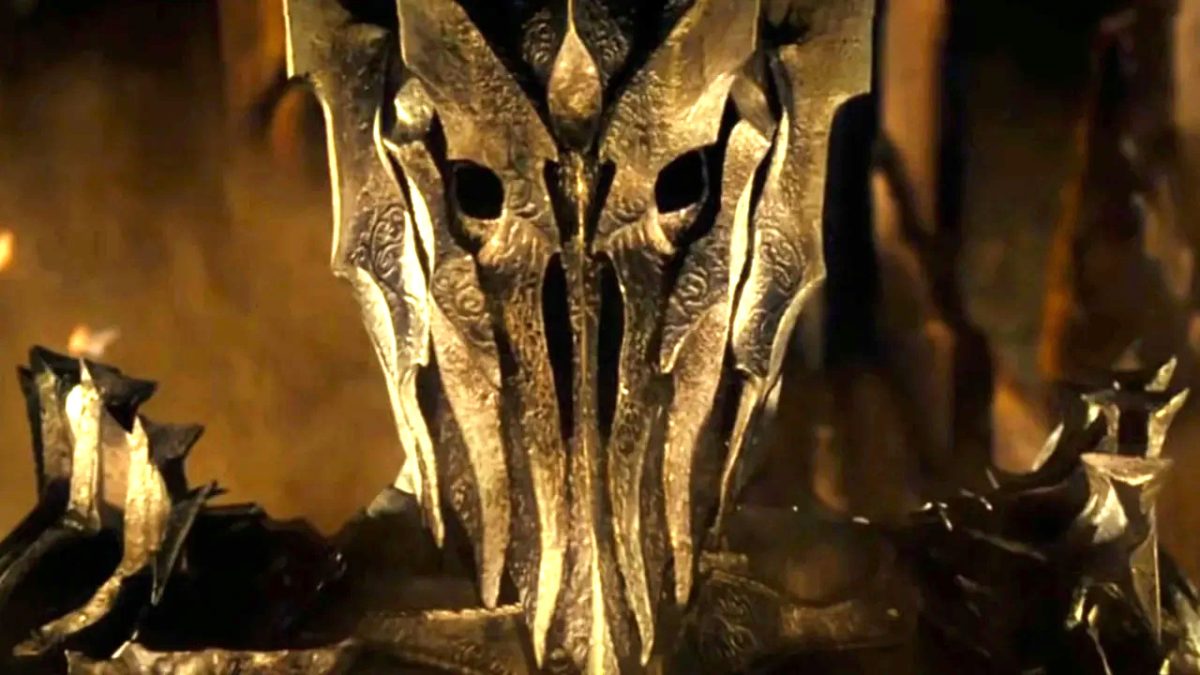When Wes Craven directed the 1984 film A Nightmare on Elm Street, no one could have predicted what a success it’d become. The horror genre from that point onward was changed, just as Halloween had impacted it a few years earlier and films like Psycho even before that. With Craven’s name having such a new meaning in the industry, fans were eager for his next effort. They craved something with blood-curdling terror and violence and while his next project entitled Deadly Friend was indeed violent, it sure wasn’t another Elm Street.
Released in 1986 and based on a novel titled Friend by Diana Henstell, the script for the film was written by Bruce Joel Rubin, who intended with Craven to produce a dark romance with less emphasis on gore and a larger focus on character development.
For those unfamiliar, it follows a young teenager named Paul who befriends girl next door Samantha. After dying from an incident with her abusive father, Paul manages to save her brain with a robot microchip. Unfortunately, however, he manages to only revive her as an undead killer.
Warner Bros. screened the finished cut for test audiences based on Craven’s fanbase, and they were distraught with the final product and desired boatloads more gore and horror. It seemed after the director’s previous film, they apparently weren’t in the mood for a PG romance with horror elements.
As a result, the studio forced Rubin into writing several new gore scenes for the script. The film was then subjected to reshoots and a new edit where the new material and several dream sequences inspired by A Nightmare on Elm Street were implemented. The studio also had many scenes dedicated to character development removed, forcing the film to have a very jumbled, confusing tone.
Deadly Friend now flowed incoherently with moments that seemed directed to a teenaged audience before drastically cutting to horrific displays of violence. It truly was a shocking film to watch for the first time, not because of anything necessarily graphic, but because the narrative was so chock-full of unexpected twists and turns that made little to no sense.
A great example of this would be the ending, which was so incredibly tacked-on as a dumb last minute jump scare. It’s literally the worst part of the entire movie. At least A Nightmare on Elm Street’s tacked-on jump scare ending made somewhat sense. They weren’t even trying with this one, though.
Obviously, Craven and Rubin were displeased and angry with the final result, going as far as to virtually disown it. Craven wanted to show that the film’s main antagonist, Sam, wasn’t actually a villain but rather the adults around her were the true monsters. Audiences felt just as alienated as well, with the uneven tone and incoherent storyline that came from the studio’s meddling.

But Deadly Friend isn’t entirely without its merits. There’s actually a very strong chemistry between all of the lead actors, and Kristy Swanson did a magnificent job as Samantha. Her character constantly and fluently switches from a normal girl, to killer robot, to someone who’s just scared and afraid. She really does a lot for the film and might be the main reason to watch it.
The score, meanwhile, composed by Charles Bernstein, is also great and worth mentioning. Bernstein previously collaborated with Craven on Elm Street and knew exactly what he was doing here. He gives the film a very haunting and emotional soundtrack which even makes up for the lame ending, when the credits begin with a cool song made up of sound effects from the film’s robot character, B.B.
The movie also deserves a watch because of the incoherent style. It’s like getting to see two films for one. If you’re in the mood to see a lighthearted movie about childhood and becoming an adult, it’s got you covered. And if you want a gory slasher film with plenty of dark humor, it has you covered there as well.
It’s almost like a representation of Craven’s entire career, which always saw him turning back to the horror genre despite his desire to move on. He just couldn’t turn away from the impact of his creation Freddy Krueger and A Nightmare on Elm Street, no matter where he went.
Regardless, there’s an interesting film behind Deadly Friend, and both its fans and those of Wes Craven have been begging for a proper release of the original cut for a while now. Warner Bros. has yet to do so, of course, and unfortunately they’ve yet to even release the pic on Blu-ray.
Hopefully, though, with the growing popularity of cult horror titles being re-released on the format, we’ll have a chance to see Craven’s original vision for Deadly Friend surface at some point. With all the influence he had over his career, it would be the least the studio could do for his legacy. And it’d make for one killer movie, too.






